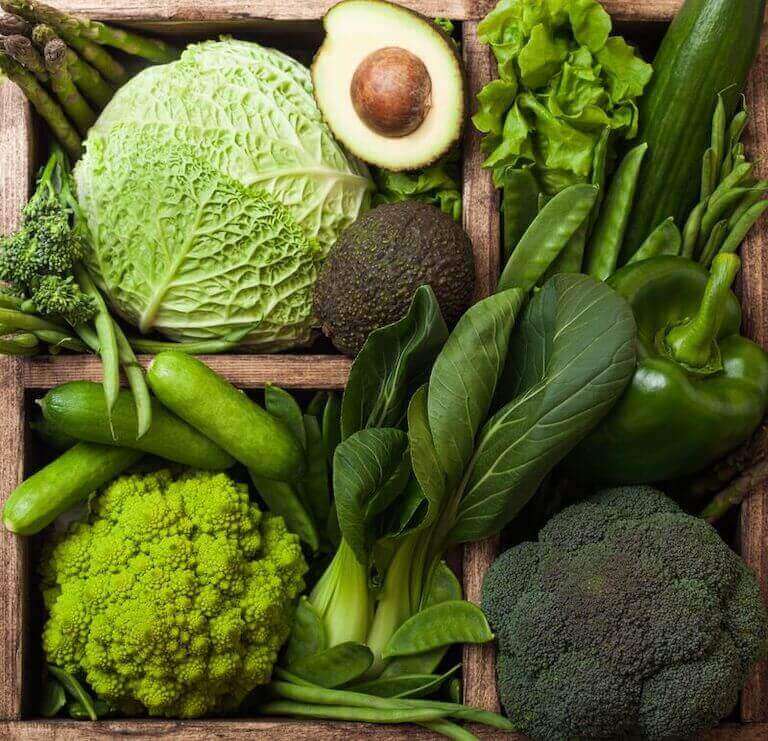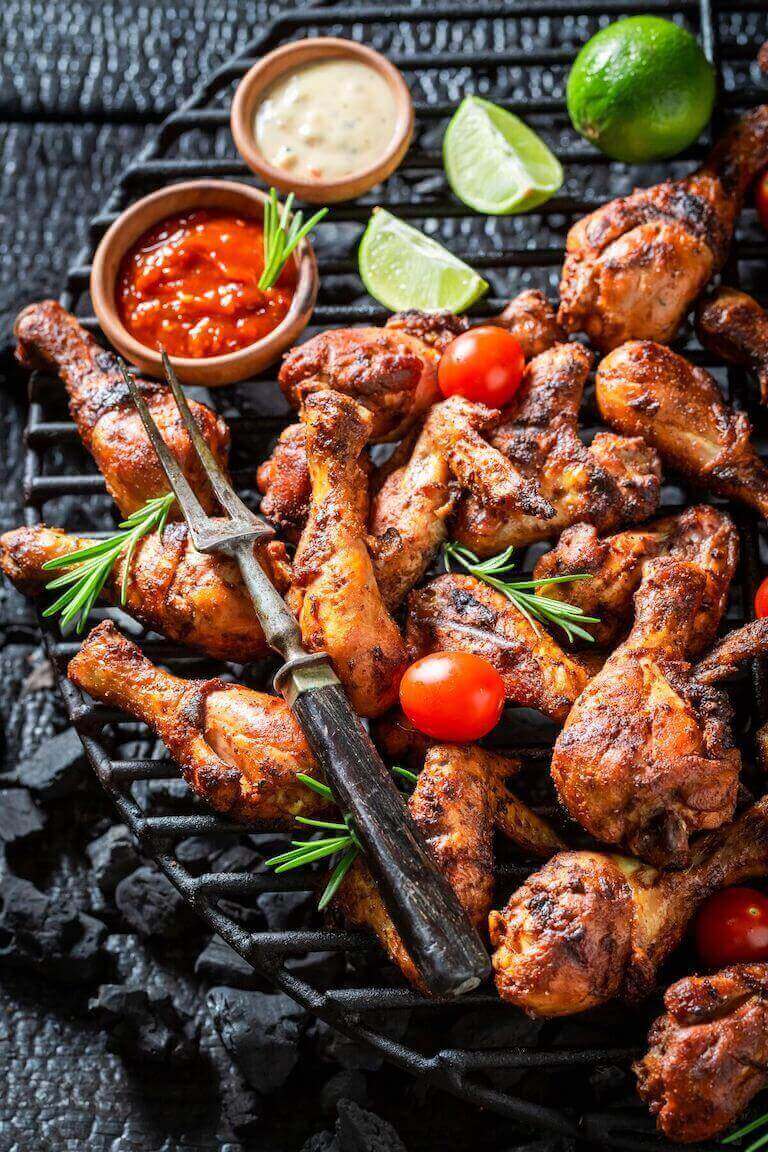Every corner of the American economy is feeling the sting of increased prices, with the annual inflation rate topping 9.1% between June 2021 and June 2022. But wholesale food prices are rising even higher, increasing 13.4% between June 2021 and June 2022.
Restaurants must take action. With their tight profit margins, they can’t simply absorb a 15% food cost increase without making some changes.
The first solution a restaurant may consider to fight the effects of inflation on its bottom line is to raise prices. And while this is an option, it’s wise to approach it carefully. With all the necessities of life getting more expensive—including groceries, which are up 11.9% year over year—people are tightening their belts. They may not be willing or able to continue dining out at all if restaurants raise their prices by 15% to match the increased costs.
So how else can restaurants battle food inflation and stay profitable?
1. Shift to Seasonal Ingredients
Some restaurants have not prioritized seasonal ingredients in the past. With abundant access to fruits and veggies from across the country (or world), they may not have seen the need.
But seasonal, local produce may be less expensive–especially in the current economic state–than produce that’s grown in a different climate and shipped to you. Think asparagus and peas in spring…tomatoes and corn in summer…beets, turnips, and kale in fall and winter…
A seasonal menu does take some work, as the chef must swap out ingredients or entire dishes to follow what is fresh. But once the restaurant has established a list of seasonally-appropriate recipes once, it can be much easier to then trade them out in future years.

2. Pool Your Buying Power
Food inflation is causing trouble for restaurants across the industry, not just yours. So how can you work with your fellow comrades to improve your situation?
How about a buying consortium that orders products in larger quantities for better rates? There are economies at scale. In general, the larger the order, the lower the cost per ounce. You may not be able to make this work with specialty items, but for simple goods like flour, sugar, butter, common veggies, and even protein, you may be able to negotiate lower rates with local vendors if you work together with fellow restaurateurs.
This might require the delivery to be made to one location and then distributed among the participants. But if you don’t mind a little extra logistical work, you may be able to save on food costs.

3. Reduce Portion Sizes
Raising prices might give your customers sticker shock and make them less likely to come back. But a small reduction in portion size can help you keep the menu price the same–or similar to what it currently is–without diminishing the guest experience.
If you go this route, the reduction should be minor. Guests should still get a filling meal or hearty side dish. But shaving an ounce or so off of the serving size can add up to sizable savings across thousands of dishes each week.
It can also help prevent food waste! If dinner plates are coming back to the dishwasher with a percentage of the food uneaten, a portion size reduction could keep that excess food out of the trash.
4. Substitute Less Expensive Ingredients
A steakhouse doesn’t have the option of swapping out pricey cuts of meat with less expensive options. But at some restaurants, ingredients may be replaceable without a loss of quality.
A ragu, for example, could be made with a cheaper bottom round roast instead of a chuck roast. Chicken wings are another example. Due to inflation and a supply chain shortage, the cost of some chicken wings has nearly doubled from a year ago. Restaurants may want to consider a switch away from wings and toward something that can use the whole chicken, which is much more affordable ounce for ounce. Chicken tenders are another great option.

Chicken wings are much more expensive than they used to be.
5. Raise Prices—But Not Across the Board
Raising prices can help fight food inflation. But as noted above, a sweeping 15% price increase may do more harm than good, alienating customers and reducing the chances that they’ll return. Instead, look at your product mix and consider a small price increase on just the most popular items. This will make your biggest sellers more profitable without driving up the overall check value too dramatically.
You can also spread your price increases out over time. Instead of one large price hike, you could raise prices just 1% to 2% a few times per year. This would be far less shocking than an 8% increase all at once.
If you do raise prices, track consumer spending before and after the shift. If you find that check averages are dropping after you raise prices, then you may have gone too far and done more harm than good. Perhaps the higher prices are making it less likely that guests order drinks or dessert—items that may be highly profitable.
6. Offer More Plant-Based Options
Plants are often cheaper than animal products, and they can be just as satisfying. Offering more plant-based options on your menu may help you to reduce costs and offer something customers want.
Try getting creative with plant-based entrees made from hearty ingredients like quinoa, beans, and legumes. You may even want to consider plant-based meat. These alternatives could help you to keep costs down during this expensive season.
“By adopting a more plant-centric diet, you’re going to be forced to be more creative, or you’re going to be forced to investigate ingredients that you never thought you’d cook with. And as a result, I think it’s actually kind of an expansion of your culinary capacities to cook plant-based.”*
Shane Witters Hicks, Escoffier Boulder Graduate & Private Chef/Educator, The Soulful Spread

How about fried green tomatoes for a delicious, low-cost appetizer?
7. Streamline Your Menu
Every restaurant has top-sellers and less popular items. Are there any low-performers that can be removed from your menu, even if it’s only temporarily?
A smaller menu is often a less expensive menu, since it may allow you to remove a few items from your inventory list. It can also make the menu easier to execute. And that could have a bonus benefit for your labor costs and team morale–win-win-win.
Education Can Help!
Food inflation is an unfortunate reality of the restaurant industry right now. And while it will certainly not be permanent, it may become an issue again in the future. Using these techniques may help your restaurant to weather this difficult time and remain profitable until costs eventually even out.
If you’re interested in learning more about restaurant profitability, a hospitality degree could be the right place to start. Escoffier’s Hospitality & Restaurant Operations Management degree program is entirely online plus a hands-on industry externship, so you could get your education while continuing to work full or part-time. Get the full program details and find out what you could learn!
For more information about restaurant management and entrepreneurship, try these articles next:
- 7 Apps Every Restaurant Manager Should Know About
- 4 Roadmaps to Becoming a Food Entrepreneur
- Ghost Kitchens & Ghost Restaurants: What Are They and How Do You Start One?
This article was originally published on March 23, 2017, and has since been updated.
*Information may not reflect every student’s experience. Results and outcomes may be based on several factors, such as geographical region or previous experience.

 “By adopting a more plant-centric diet, you’re going to be forced to be more creative, or you’re going to be forced to investigate ingredients that you never thought you’d cook with. And as a result, I think it’s actually kind of an expansion of your culinary capacities to cook plant-based.”*
“By adopting a more plant-centric diet, you’re going to be forced to be more creative, or you’re going to be forced to investigate ingredients that you never thought you’d cook with. And as a result, I think it’s actually kind of an expansion of your culinary capacities to cook plant-based.”*